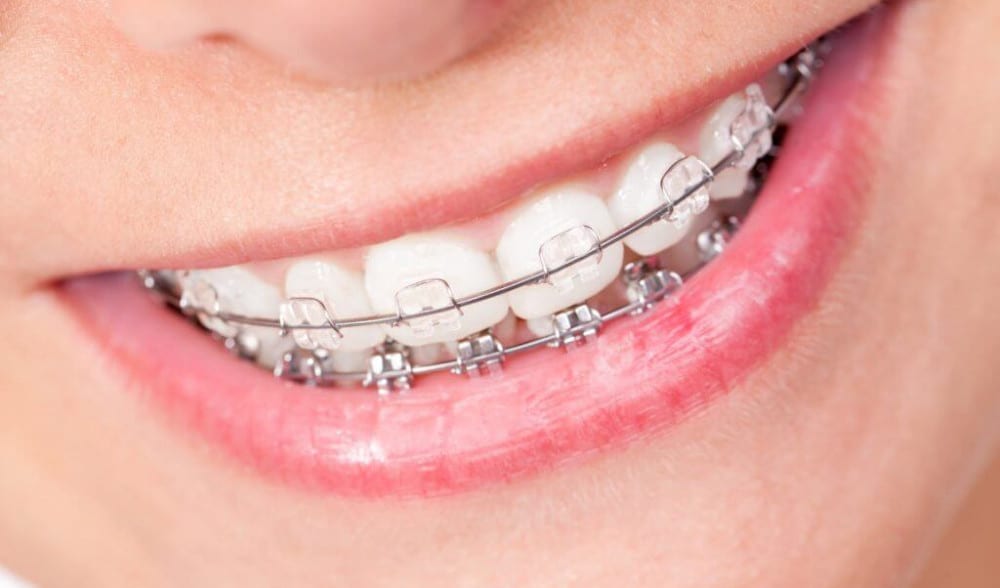Parts of Braces
Of all the orthodontic treatments available, braces are one of the most commonly used and effective options for straightening teeth and improving jaw alignment. Braces consist of several key components that work together to gently shift teeth into their proper positions over time. Despite their widespread use, many people do not fully understand how these devices work or what each component does. In this blog, we’ll take a closer look at the different parts of braces and how they work together to create a healthy, beautiful smile.
Brackets
Brackets are the small metal or ceramic squares attached to the front surface of each tooth. These devices act as handles to control the movement and positioning of each tooth. Using a special adhesive, orthodontists are able to bond each bracket to the enamel for sturdy attachment.
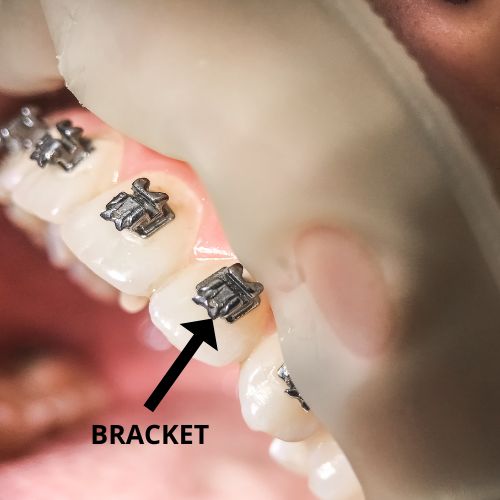
Archwire
The archwire is the thin metal wire that connects the brackets and a vital component of braces. Orthodontists use small bends in the wire to manipulate the direction of your teeth, applying gentle pressure to ensure proper placement throughout the treatment duration.

Ligatures
Ligatures are the small rubber bands used to hold the archwire in place on each bracket. They play a significant role in maintaining the desired level of pressure on your teeth and keeping the archwire in the correct position. To prevent wear, your orthodontist replaces the ligatures every 4-6 weeks throughout your braces treatment.

Springs
Springs are small metal coils placed on the archwire to apply additional force to specific teeth and help move them into the correct position. Typically used for more complex cases of malocclusion such as spacing and crowding issues, these devices are worn for only 3-8 months during your braces treatment.
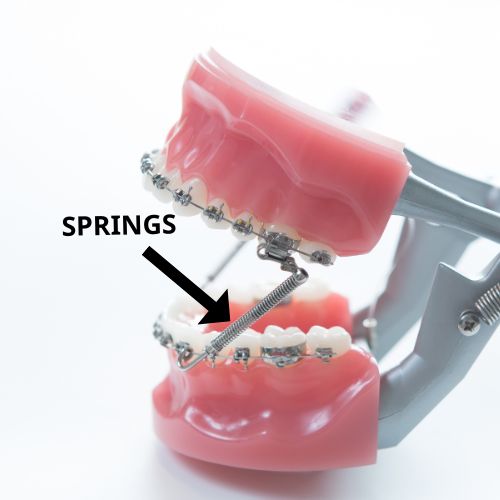
Molar Bands
Orthotic bands, also referred to as molar bands, serve as anchors for braces and are metal rings placed around the molars or back teeth. Though not always necessary, molar bands are sturdier than brackets and offer additional support and stability. Your orthodontist may recommend this device to treat more severe malocclusions or jaw misalignment.
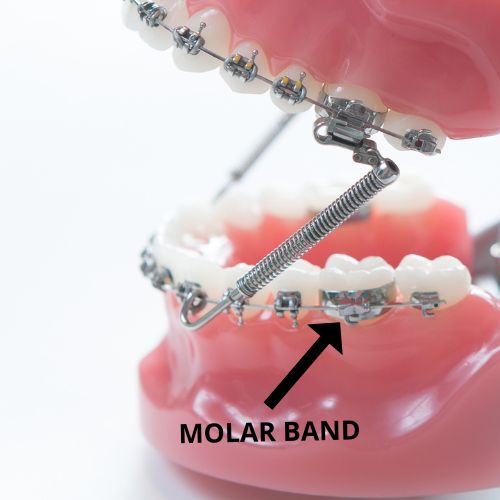
Elastics
Elastics are stretchy rubber bands used to correct bite alignment by applying additional force. These bands connect to hooks located on brackets and can be configured in many different ways to meet individual needs. To ensure maximum strength and effectiveness, orthodontists recommend replacing elastics 3-4 times a day and wearing them 24 hours a day.

Palatal Expander
A palatal expander is a custom-made appliance that gently widens the upper jaw to create more space for the teeth. It is attached to the molars and gradually expands the palate over time. Palatal expanders are often used in the early stages of orthodontic treatment to make room for braces. Visit your orthodontist to determine if a palatal expander is necessary for successful treatment.
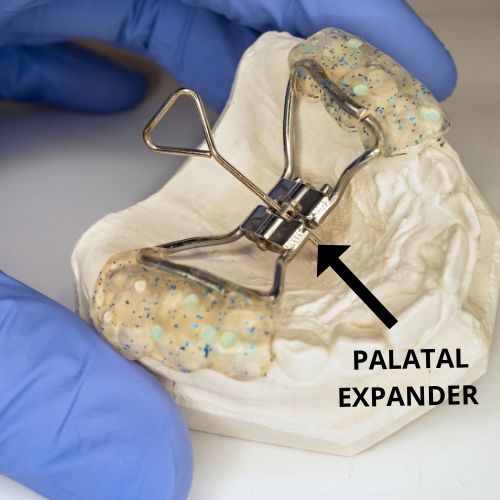
Braces consist of several different parts that work together to apply gentle pressure to the teeth and gradually shift them into the correct position. From the brackets and archwire to the ligatures, molar bands, springs, and elastics, each component plays a crucial role in the orthodontic treatment process. By working in harmony, these parts are able to effectively address a wide range of orthodontic issues, from simple tooth alignment to complex malocclusion.
Discover Your Personalized Treatment Plan with Frey Orthodontics
At Frey Orthodontics, we understand that every patient has unique orthodontic needs. While there are many different parts of braces, we offer personalized treatment plans to achieve a happier, healthier smile. Here at Frey Orthodontics, we offer free consultations so you can be sure you’re making the right treatment decisions. Contact us today or visit our offices inNaperville or Algonquin for more information.
